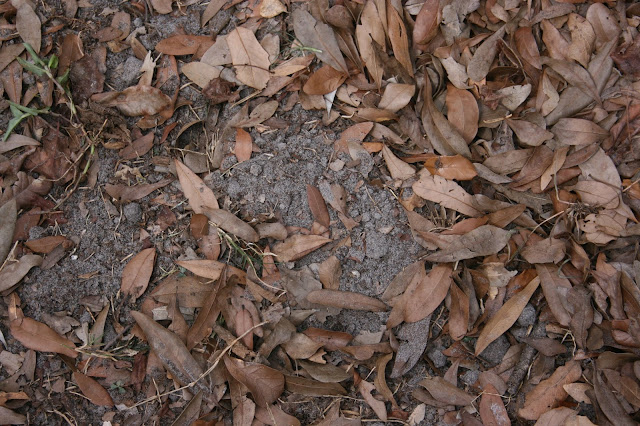Planting Asters

Symphyotrichum sericeum Symphyotrichum undulatus Symphyotrichum pilosa I came to asters fairly recently. I'll admit that. In my earlier days, I saw them as mostly mundane. They seemed common and not at all that showy. I fell in love much earlier with other members of the aster family - blazing stars ( Liatris spp.), rosinweeds ( Silphium spp.) and the like. Where and when I changed my mind is still a mystery for me, but I did and since then I've been slowly accumulating as many of the Symphyotrichum species I can lay my hands on. Asters in the genus Symphyotrichum seemingly have not been the target of most of the native plant nurseries here in Florida either. That's not true in other parts of the country. If you go online and look at what's offered in the Northeast, Midwest and West, you'll find a good selection of native species, but here in Florida, the vast majority of our 28 native species have never been offered or, if so, are propagated by ...







